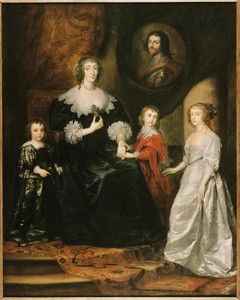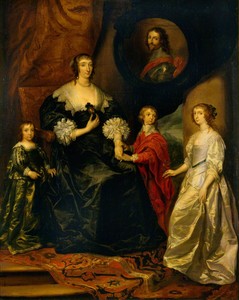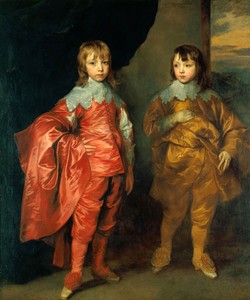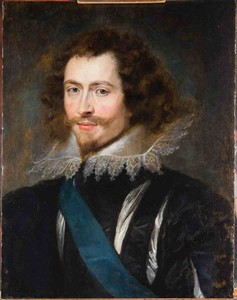Sir Anthony van Dyck
Portrait of the widow of the Duke of Buckingham and her children
Oil on canvas : 234,6 X 182,6 cm
Unsigned
Circa 1636
Antwerp, Rubenshuis
This is a comparative item
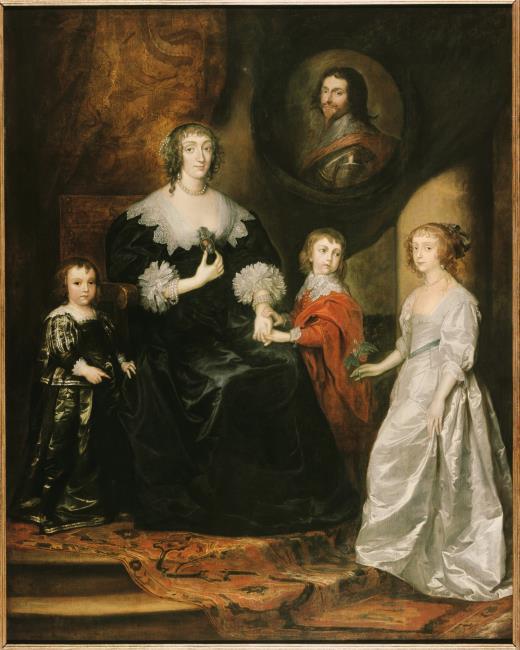
Painting for Sale
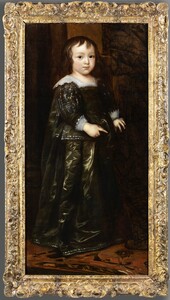
Hanneman, Attributed to Adriaen
"Portrait of Lord Francis Villiers"
Comparative paintings
Click photos for more details

